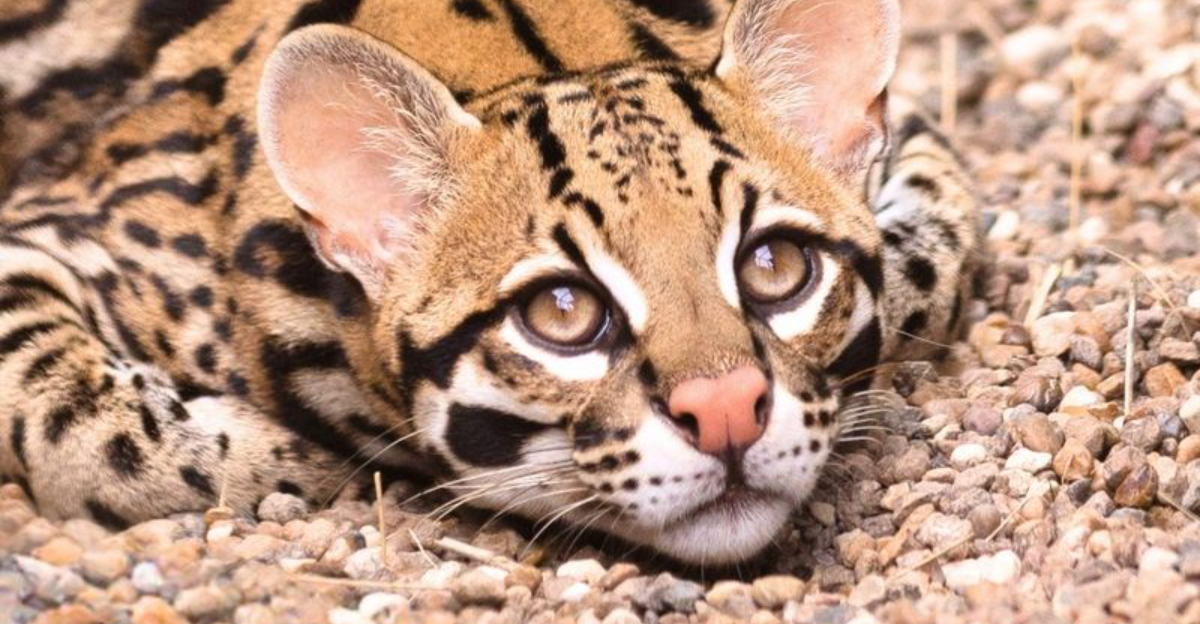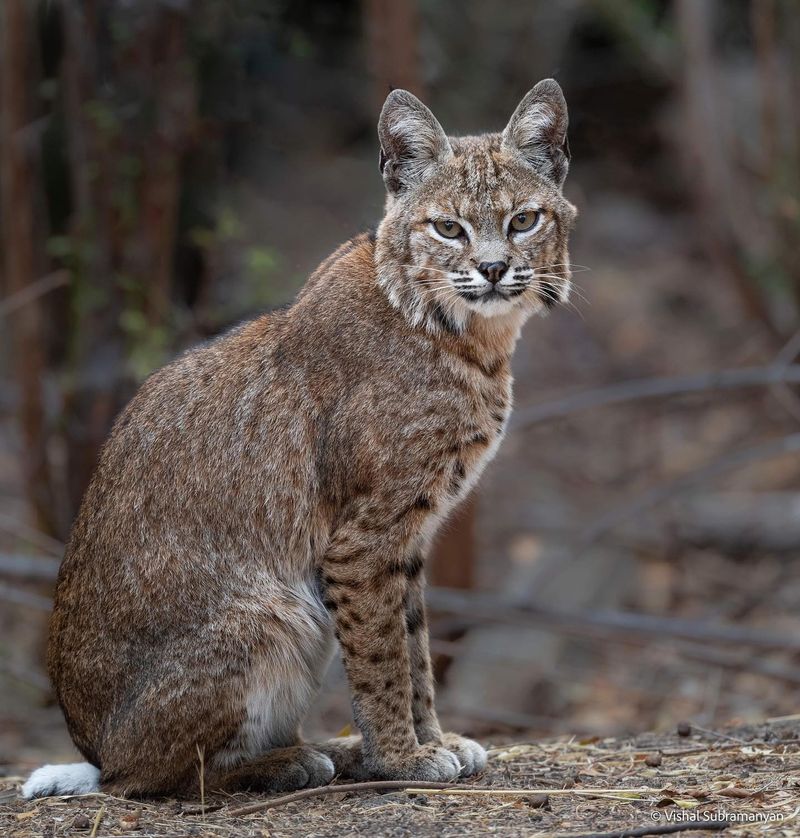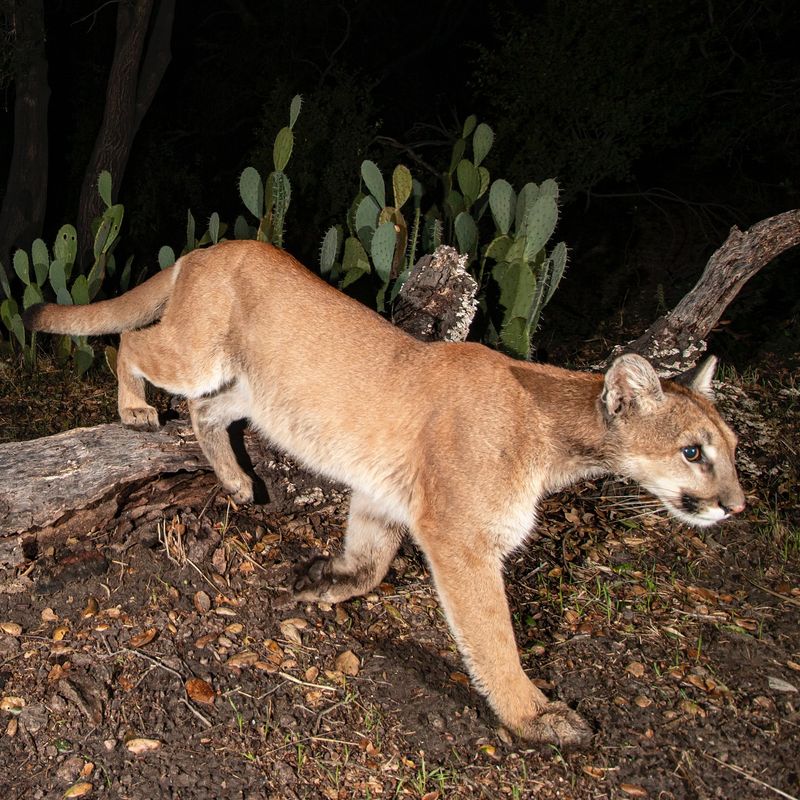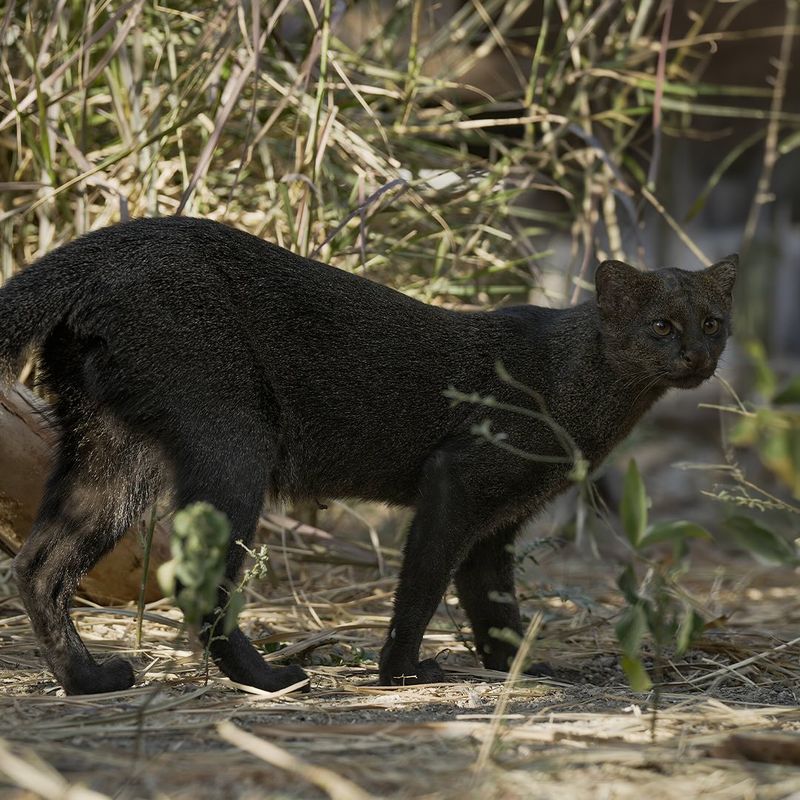📖 Table of Content:
When most people think of wild cats, their minds jump to the savannas of Africa or the jungles of South America. But the truth is, some of the planet’s most elusive and captivating wild felines are right here in the United States—prowling silently through our forests, deserts, mountains, and even backyards.
From snow-trudging lynx in the north to the nearly mythical ocelots of southern Texas, these cats are masters of camouflage and stealth. Catching a glimpse of one in the wild is a rare thrill, and capturing them on camera? That’s the holy grail for wildlife photographers.
So if you’ve ever dreamed of spotting a bobcat at dawn, following the ghostly trail of a mountain lion, or even glimpsing a jaguarundi (yes, they’re real!), here’s your guide to the most photogenic—and most elusive—wild cats in America. Just don’t forget your binoculars…and your patience.
1. Bobcats: The Backyard Hunters
Bobcats are the most widespread wild cat in the United States, living in 47 of the 48 contiguous states. Named for their short, bobbed tails, these adaptable cats are about twice the size of house cats with distinctive spotted coats and tufted ears.
The best places to spot them include Big Bend National Park in Texas, Saguaro National Park in Arizona, and Point Reyes National Seashore in California. Dawn and dusk offer the highest chances of a sighting, as bobcats are crepuscular hunters.
Unlike many wild cats, bobcats sometimes venture into suburban areas, making them the wild cat you’re most likely to see from your own backyard, especially in the western and southern states.
2. Mountain Lions: The Secretive Giants
Also known as cougars or pumas, mountain lions are North America’s largest wild cats. These powerful, tawny predators can weigh up to 200 pounds and leap 40 feet in a single bound! Despite their size, they’re remarkably stealthy.
Olympic National Park in Washington, Rocky Mountain National Park in Colorado, and the Santa Monica Mountains in California offer prime mountain lion territory. Photographers often wait months or years for a quality shot of these elusive cats.
3. Ocelots: The Endangered Beauties
With fewer than 50 ocelots remaining in the wild in the U.S., these striking spotted cats are among our rarest wildlife treasures. Their gorgeous dappled coats once made them targets for the fur trade, pushing them to the edge of extinction in America.
Laguna Atascosa National Wildlife Refuge in South Texas is the only reliable place to search for wild ocelots in the United States. Photographers typically use camera traps since direct sightings are extremely rare.
4. Lynx: The Snowshoe Specialists
Canada lynx look like they’re wearing winter boots! Their massive, fur-covered paws act like natural snowshoes, helping them hunt in deep snow. These medium-sized cats have distinctive black ear tufts and short, bobbed tails with completely black tips.
Yellowstone National Park in Wyoming, North Cascades National Park in Washington, and Boundary Waters Canoe Area in Minnesota offer opportunities to spot these northern forest dwellers. Winter provides the best viewing chances against snowy backgrounds.
Lynx populations rise and fall with snowshoe hare numbers—their primary prey. When hare populations crash every 8-11 years, lynx numbers follow, making them even harder to photograph during certain periods.
5. Jaguarundis: The Oddball Daylight Hunters
Jaguarundis break all the wild cat rules! Unlike most felines, these unusual cats are active during daylight hours. Their long, sleek bodies and short legs make them look more like otters or weasels than typical cats.
Lower Rio Grande Valley in Texas offers the only chance to spot these rare cats in the U.S., though confirmed sightings are extremely uncommon. Their color varies from dark brown to rusty red, lacking the spots typical of many wild cats.
Wildlife photographers consider a jaguarundi sighting the ultimate trophy—many professionals spend entire careers without ever photographing one in the wild. Camera traps near water sources in dense brush provide the best chances for capturing these mysterious felines.





